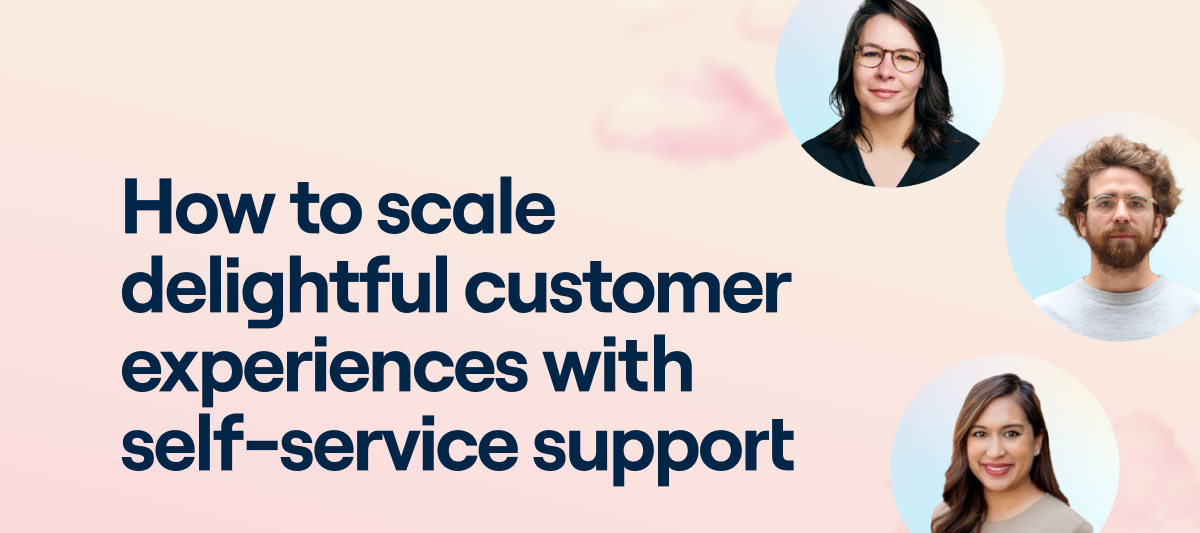Make self-service your customer’s most loved form of support.
Join us with customer experience experts, Maxime Manseau (Birdie), Susana de Sousa (Ex-Loom, Airbnb), Nisha Baxi (Gong), and Kenji Hayward (Front) to learn how to transform your self-service support into delightful experiences. In this webinar, you’ll learn:
-
How to create personalized, valuable experiences that lead customers to success
-
How to scale support through self-service channels and streamline for faster resolutions
-
How to measure the performance of your self-serve resources



